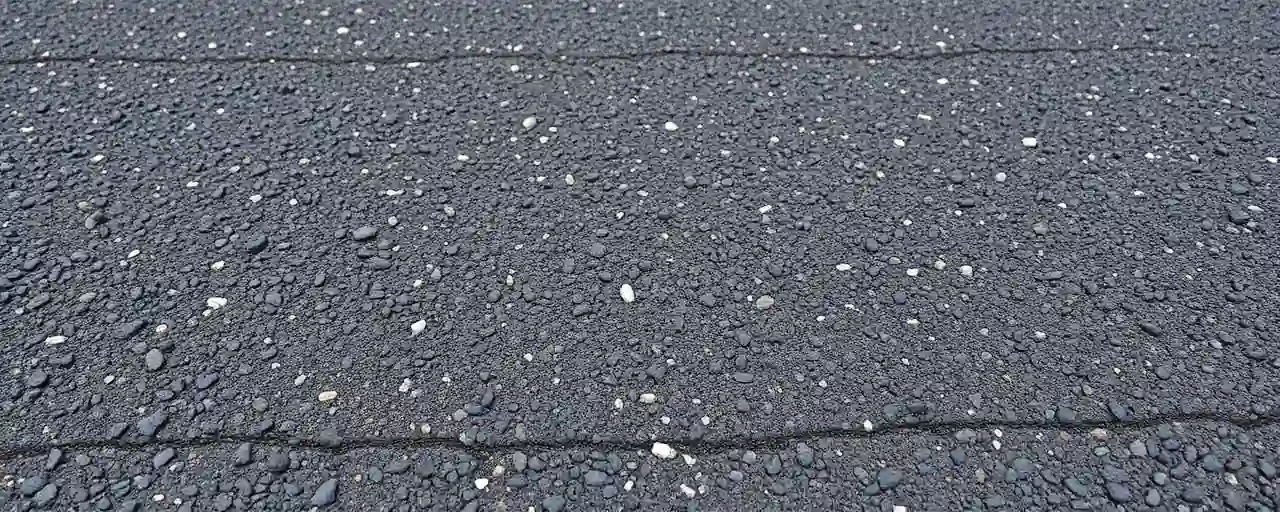A Fresh Start for Long Island’s Roads
Long Island’s highways are getting a facelift. A $16.6 million project, announced by New York State officials, will resurface 55 lane miles across five key roadways, including the Meadowbrook State Parkway and Sunrise Highway. The initiative, kicking off this spring, aims to deliver smoother rides, safer travel, and better accessibility for pedestrians. But as construction ramps up, commuters brace for disruptions, raising questions about the trade-offs of infrastructure upgrades.
The project targets high-traffic corridors in Nassau and Suffolk counties, where worn asphalt and outdated pedestrian facilities have long frustrated drivers and walkers alike. Beyond resurfacing, the plan includes highly reflective lane markings, new crosswalks, and over 120 upgraded sidewalk curb ramps designed to meet federal accessibility standards. For daily commuters and local businesses, the promise of improved roads is welcome, yet the immediate challenge of construction looms large.
What’s Being Fixed and Why It Matters
The work spans several critical routes: Veterans Memorial Highway in Smithtown, Meadowbrook State Parkway in Hempstead, State Route 110 in Huntington, Sunrise Highway in Brookhaven, and Newbridge Road in Hempstead. These roads serve as lifelines for Long Island’s economy, connecting workers, shoppers, and goods across sprawling suburbs. Deteriorated pavement not only jolts drivers but also increases vehicle maintenance costs and risks accidents.
Pedestrian safety is a focal point. Over 120 curb ramps will be modernized to comply with the Americans with Disabilities Act, ensuring easier access for people with disabilities. New crosswalks and reflective markings aim to reduce nighttime collisions, a growing concern as pedestrian deaths rise nationwide. Data from other states, like Florida, shows that similar upgrades, such as leading pedestrian intervals at intersections, can cut crashes by up to 13%.
The economic stakes are high. Infrastructure projects like this one drive local job creation and boost productivity by easing commutes. New York’s transportation investments, including a proposed $68.4 billion plan for 2025-2029, could generate over 70,000 jobs and $106 billion in economic activity. For Long Island, smoother roads mean faster deliveries, less wear on delivery trucks, and more reliable commutes for workers.
The Catch: Congestion and Construction Woes
Roadwork comes with a cost beyond dollars. Construction, set to continue through the summer, will likely snarl traffic, especially during peak hours. Lane closures and detours could extend commutes by over 50%, a headache familiar to anyone who’s navigated a work zone. Nationwide, congestion from road projects costs commuters billions annually in fuel, time, and vehicle wear. New Yorkers, already accustomed to heavy traffic, may find patience tested.
To ease the pain, most work is scheduled for off-peak hours, aligning with New York’s Drivers First Initiative. Yet some disruptions are inevitable. The concept of induced demand complicates the picture: new, smoother roads often attract more drivers, potentially erasing congestion relief over time. Experts argue that lasting solutions require integrating public transit and smarter urban planning, not just wider highways.
Local voices reflect mixed feelings. Small business owners along Sunrise Highway welcome the upgrades but worry about reduced customer access during construction. Residents with disabilities, however, see the accessibility improvements as long overdue, citing years of navigating uneven sidewalks and unsafe crossings. Balancing these perspectives is key to ensuring the project serves the broader community.
A Broader Push for Better Infrastructure
This project builds on New York’s ongoing efforts to modernize its aging infrastructure. Recent years have seen pavement renewals on the Long Island Expressway, Northern State Parkway, and Southern State Parkway. Yet challenges persist: half of New York’s roads remain in fair or poor condition, and 10% of its bridges need urgent repairs. Federal funding from the Bipartisan Infrastructure Law, nearing $29 billion for New York, offers a lifeline, but the state’s needs far outstrip available resources.
Nationally, accessibility remains a work in progress. New federal standards, effective January 2025, set clear rules for accessible transit stops, but only 13% of local governments have comprehensive plans to meet these mandates. Funding shortages and technical hurdles often delay retrofitting older infrastructure, leaving gaps in compliance that affect people with disabilities.
The Long Island project reflects a delicate balance: immediate safety and mobility gains versus long-term economic and social impacts. Community input, rigorous safety evaluations, and transparent planning will determine whether these upgrades deliver lasting benefits or merely patch over deeper systemic issues.
Looking Ahead: Roads to a Better Future
As construction barrels forward, Long Island residents can expect smoother, safer roads by year’s end. The $16.6 million investment signals a commitment to keeping communities connected and economies humming. But the project’s success hinges on execution—minimizing disruptions, meeting accessibility goals, and ensuring the work holds up under heavy use.
For New Yorkers, this is more than a road project. It’s about safer walks to the store, quicker drives to work, and a region that welcomes everyone. The challenge now is to maintain momentum, blending smart investments with innovative traffic solutions to build a transportation network that truly serves all.
